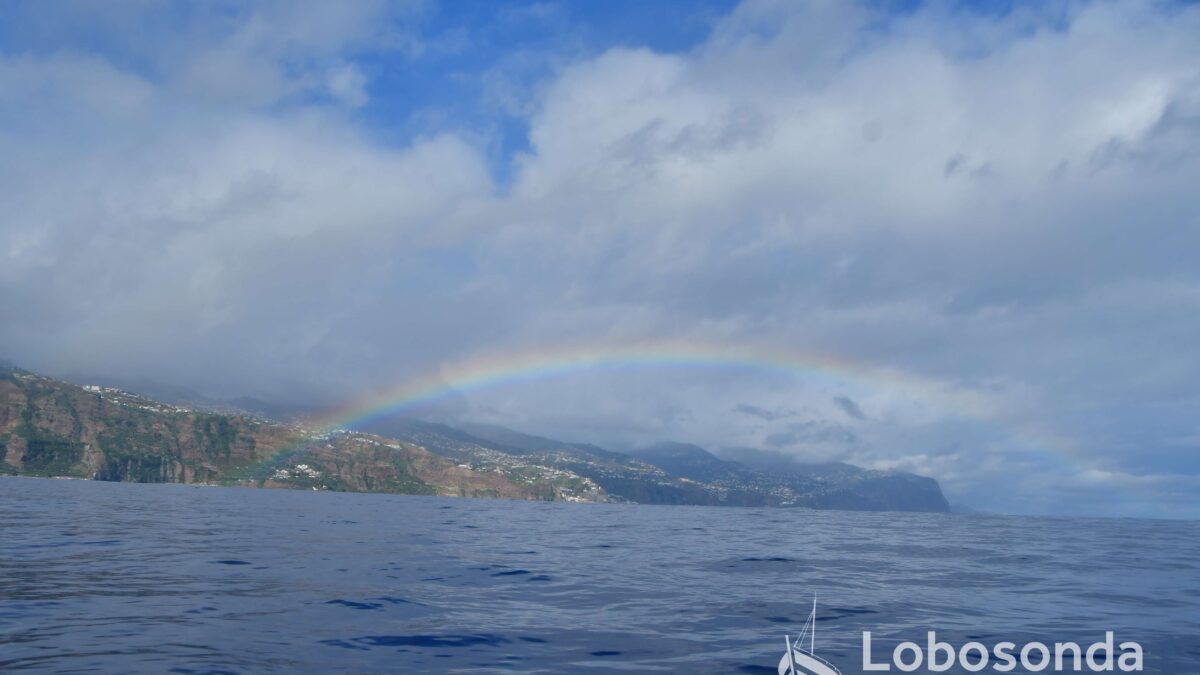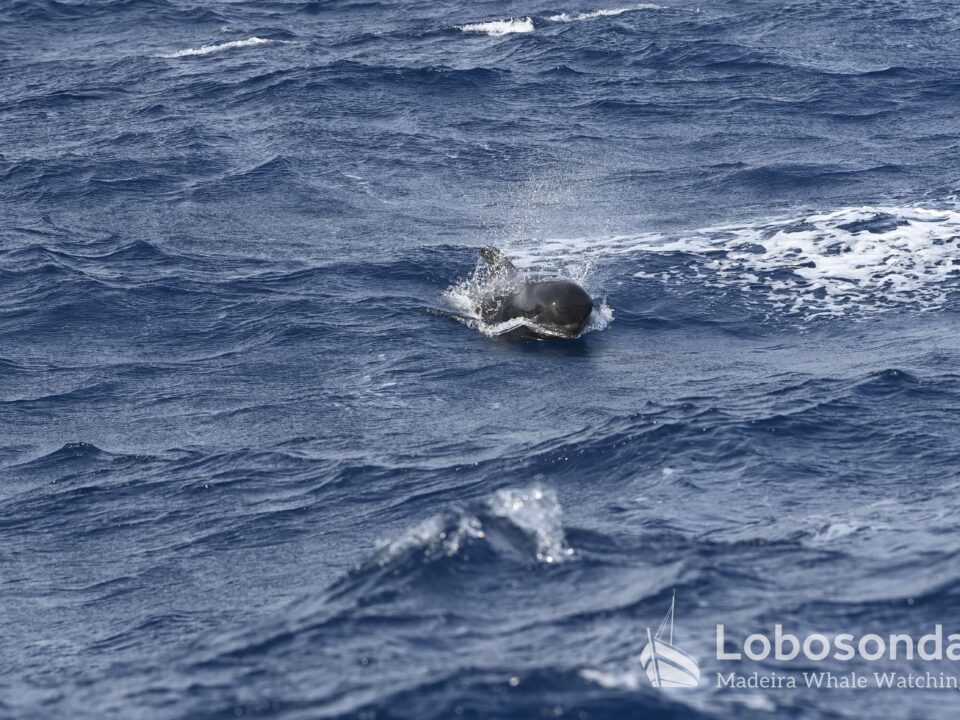
24.08.2025 – The end of a week
September 1, 2025
26.08.2025 – Squid game Vol. II
September 3, 2025Summertime, holiday time – surely everyone wants sunshine. But the earth needs water, rain. Today, our morning guests had a wet ride, but the island is breathing a sigh of relief. A nice side effect of a colourful mix of rain and sun are rainbows. How are rainbows actually formed?
Rainbows occur when sunlight hits raindrops. It is refracted, reflected and broken down into its spectral colours. However, you can only see a rainbow when you have the sun behind you and observe the raindrops in front of you. The water droplets act like tiny prisms. The white sunlight is refracted and broken down into its individual colours (red, orange, yellow, green, blue, indigo, violet). When sunlight hits a raindrop at an angle, it is refracted at the interface between water and air. Inside the drop, the light is reflected at the back. The light beam exits the drop again and is refracted once more. The different strengths of refraction are responsible for the different colours. Red light waves are longer than blue ones and are refracted less. Each colour is reflected back at a slightly different angle to the incident light. Red light is visible at the outer edge of the arc, violet light at the inner edge. Because many drops reflect the coloured light at an angle of about 42 degrees to the observer’s eye, the characteristic arc-shaped impression is created.
By Fatima Kutzschbach
Sightings of the day
Ribeira Brava
09:00 no sighting
13:00 Cancelation due to weather condition
16:30 Blainville’s beaked whale
Stenella
09:30 Bottlenose dolphins, Loggerhead turtle
13:30 Cancelation due to weather condition
16:30 Blainville’s beaked whale















